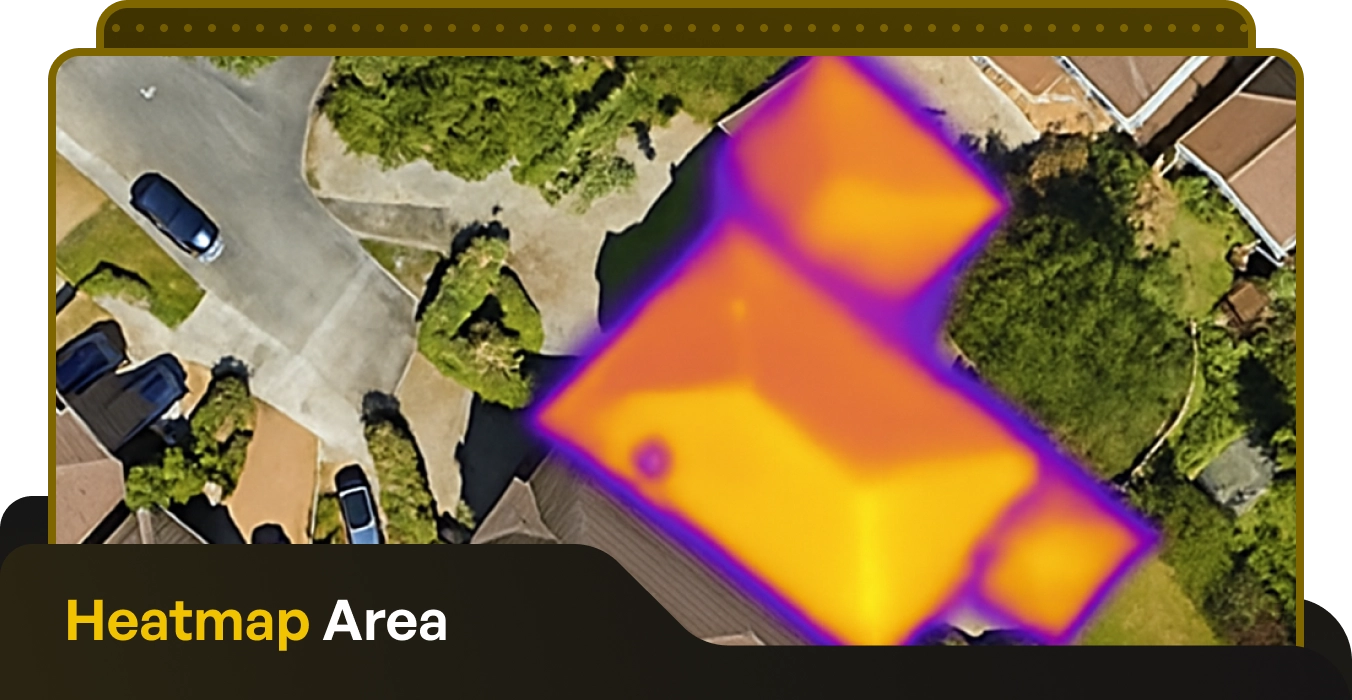15,000 solar panels now helping power Dublin Airport

Written by: Briain Kelly
Published: April 26, 2025
Last updated: October 8, 2025
Reading time: 2 mins
Dublin Airport will be generating more than 20% of its total electricity usage from renewable energy by 2030, with plans to further expand its new solar farm.
The airport recently opened phase 1 of its solar farm project, consisting of 15,000 solar panels on a 28-acre site located close to the south runway.
Now operational, the 9MWp solar farm is expected to generate 7GWh to 9GWh of electricity each year, which is 10% – 13% of Dublin Airport’s annual consumption.
This is sufficient to cover the electricity needs of the entire airfield, with excess electricity contributing to the energy needs of the airport terminals and campus.
At the opening of Phase 1 by Minister for Transport Darragh O’Brien this month a commitment was made to continue with Phase 2 of the project.
If granted planning permission, this would see the solar farm expand by a further 6,000 solar panels by late 2027.
This would power another 4% – 6% of Dublin Airport’s electricity needs, or, to put it another way, enough to fully cover the power demand of the baggage systems in Terminals 1 and 2.
Dublin Airport is also developing a longer-term solar roadmap to include further phases of the solar farm and allow the airport to meet its 2030 target of 20% of electricity coming from renewable sources.
Welcoming the development, Minister O’Brien said that he was delighted to officially open the solar farm at Dublin Airport.
“Investing in renewable solar energy and exploring the potential of geothermal sets Dublin Airport up for the future and helps the airport meet its commitment to reducing its emissions by 51% by 2030.”
“Dublin Airport’s announcement today of its commitment to expanding its solar farm is very welcome.”
To appropriately incorporate the solar installations and other related renewable and alternative fuel technologies, the airport is in the process of completing a thermal storage project and actively pursuing battery energy storage solutions (BESS).
Other initiatives taken by Dublin Airport to reduce its carbon footprint include transitioning the airport’s vehicle fleet to more sustainable alternatives.
81% of Dublin Airport’s light fleet (e.g. cars and vans) are electric or hybrid vehicles, and 100% of the heavy fleet (e.g. fire and rescue trucks) have transitioned from diesel to Hydrotreated Vegetable Oil (HVO) or electric.
Andrea Carroll, daa Group Director of Sustainability, said: “daa has a very ambitious programme of decarbonisation. Phase 1 of our solar farm is now operational and Phase 2 will expand the renewable electricity output.”
“Generating and using renewable energy is a key part of the programme to reduce emissions in line with commitments under the National Climate Action Plan.”
“We’re excited to also be in the early stages of exploring ‘the heat beneath our feet’ to see if geothermal heating is an option for Dublin Airport and will update on this later in the year.”
15,000 solar panels now helping power Dublin Airport
Published: April 26, 2025
Last updated: October 8, 2025

Written by: Briain Kelly
Reading time: 2mins
Dublin Airport will be generating more than 20% of its total electricity usage from renewable energy by 2030, with plans to further expand its new solar farm.
The airport recently opened phase 1 of its solar farm project, consisting of 15,000 solar panels on a 28-acre site located close to the south runway.
Now operational, the 9MWp solar farm is expected to generate 7GWh to 9GWh of electricity each year, which is 10% – 13% of Dublin Airport’s annual consumption.
This is sufficient to cover the electricity needs of the entire airfield, with excess electricity contributing to the energy needs of the airport terminals and campus.
At the opening of Phase 1 by Minister for Transport Darragh O’Brien this month a commitment was made to continue with Phase 2 of the project.
If granted planning permission, this would see the solar farm expand by a further 6,000 solar panels by late 2027.
This would power another 4% – 6% of Dublin Airport’s electricity needs, or, to put it another way, enough to fully cover the power demand of the baggage systems in Terminals 1 and 2.
Dublin Airport is also developing a longer-term solar roadmap to include further phases of the solar farm and allow the airport to meet its 2030 target of 20% of electricity coming from renewable sources.
Welcoming the development, Minister O’Brien said that he was delighted to officially open the solar farm at Dublin Airport.
“Investing in renewable solar energy and exploring the potential of geothermal sets Dublin Airport up for the future and helps the airport meet its commitment to reducing its emissions by 51% by 2030.”
“Dublin Airport’s announcement today of its commitment to expanding its solar farm is very welcome.”
To appropriately incorporate the solar installations and other related renewable and alternative fuel technologies, the airport is in the process of completing a thermal storage project and actively pursuing battery energy storage solutions (BESS).
Other initiatives taken by Dublin Airport to reduce its carbon footprint include transitioning the airport’s vehicle fleet to more sustainable alternatives.
81% of Dublin Airport’s light fleet (e.g. cars and vans) are electric or hybrid vehicles, and 100% of the heavy fleet (e.g. fire and rescue trucks) have transitioned from diesel to Hydrotreated Vegetable Oil (HVO) or electric.
Andrea Carroll, daa Group Director of Sustainability, said: “daa has a very ambitious programme of decarbonisation. Phase 1 of our solar farm is now operational and Phase 2 will expand the renewable electricity output.”
“Generating and using renewable energy is a key part of the programme to reduce emissions in line with commitments under the National Climate Action Plan.”
“We’re excited to also be in the early stages of exploring ‘the heat beneath our feet’ to see if geothermal heating is an option for Dublin Airport and will update on this later in the year.”
Solar Energy Saves Households Thousands in Electricity Costs
Take our 2-minute questionnaire and find affordable solar options to suit your budget and lifestyle.



